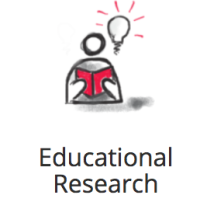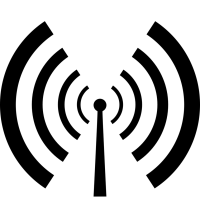We have been studying bladder cancer in a mouse model of the disease and we are seeking to understand the molecular features of the mouse models as they relate to human bladder cancer.

We have been studying bladder cancer in a mouse model of the disease and we are seeking to understand the molecular features of the mouse models as they relate to human bladder cancer.

Effective representations and analyses of symbolic data, such as lexical data (words) and networks (graphs), have become of great interest in recent years, due both to advancements in data collection in Natural Language Processing (NLP), and the ubiquity of social networks. Such data often has no natural numerical representation, and is typically described in terms relational expressions or as pairwise similarities. It turns out that finding numerical representations of such data in “Hyperbolic” spaces—rather than into the more familiar Euclidean spaces—is a more effective way to preserve valuable relational information.

Analyze data from one or more of the following Library Applications/Systems and create visualizations that highlight the most important findings related to our goal of supporting self-directed learning.

Finding the exact counterpart galaxies to merging black hole binaries detected in gravitational waves is one of the most pressing problems in cosmology. The redshift of the host galaxy (which has to be measured from its electromagnetic emission) combined with the luminosity distance to the gravitational wave source allows for a direct measurement of the expansion history of the Universe, an approach commonly referred to as the ‘Standard Siren’ method. To date, there are no proven techniques for accomplishing this goal.

Injury, such as falls, motor vehicle crashes, and drug overdose, is a major source of morbidity and mortality. The interaction between injury and disease is complex and mutually causative. For instance, patients with Alzheimer’s Disease or Parkinson’s Disease are known to be at heightened risk of hip fracture from falls and in turn injurious falls among these patients can drastically alter the trajectory of the disease. So far, research on injury-disease interaction has been scant and fragmented. The proposed project is aimed at uncovering the gestalt of the relations between different injuries and different diseases through a data science approach.

The objective is to use new large cloud-resolving simulations to try and better represent cloud processes in coarse-resolution climate models (~100km in horizontal resolution). Those simulations are global (spanning the entire globe) at 2km resolution and 30-minute output. The data will be hosted on google cloud platform (Pangeo) (the data size is about 50TB). We will in particular evaluate the impact of using Constitutional Neural Network (in time and space) and the capacity for out of sample prediction.

The Federal Communications Commission (FCC) and the Census regularly publish data on U.S. Internet availability, performance and use, at granularities from census block to county and state. The project goal is to answer questions based on the available data, such as “How reliable is Internet access?”, “Who is deploying fiber where?”, “Can we predict reliability of different technologies?”, “Can we predict the deployment of fiber?”
